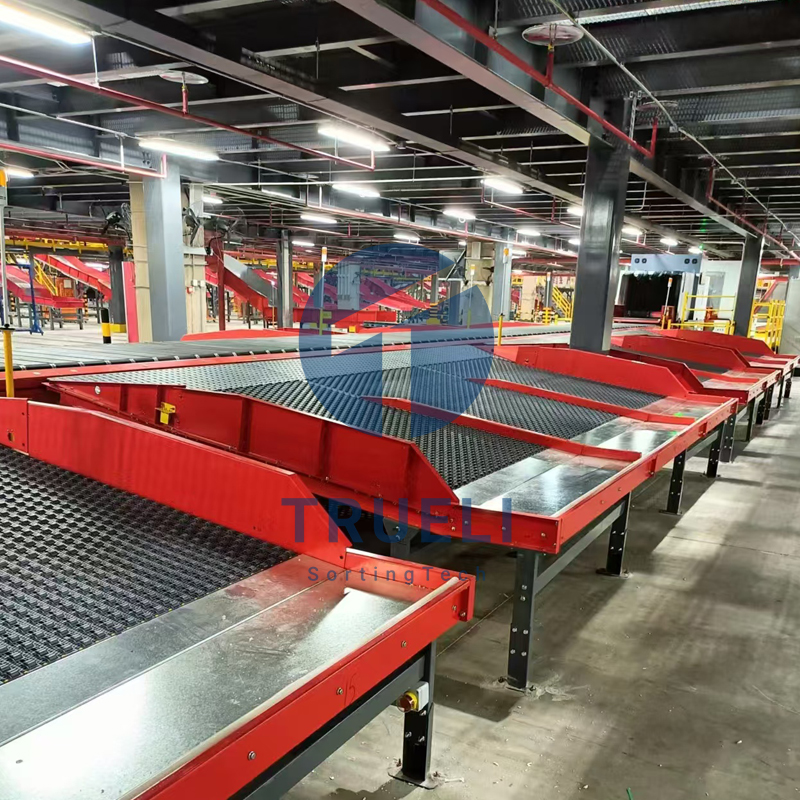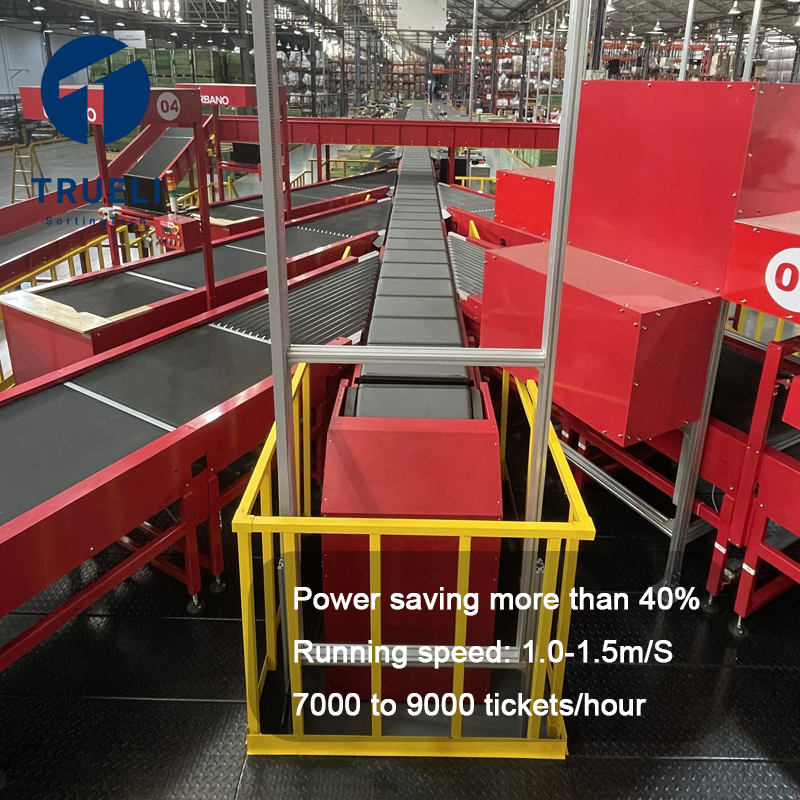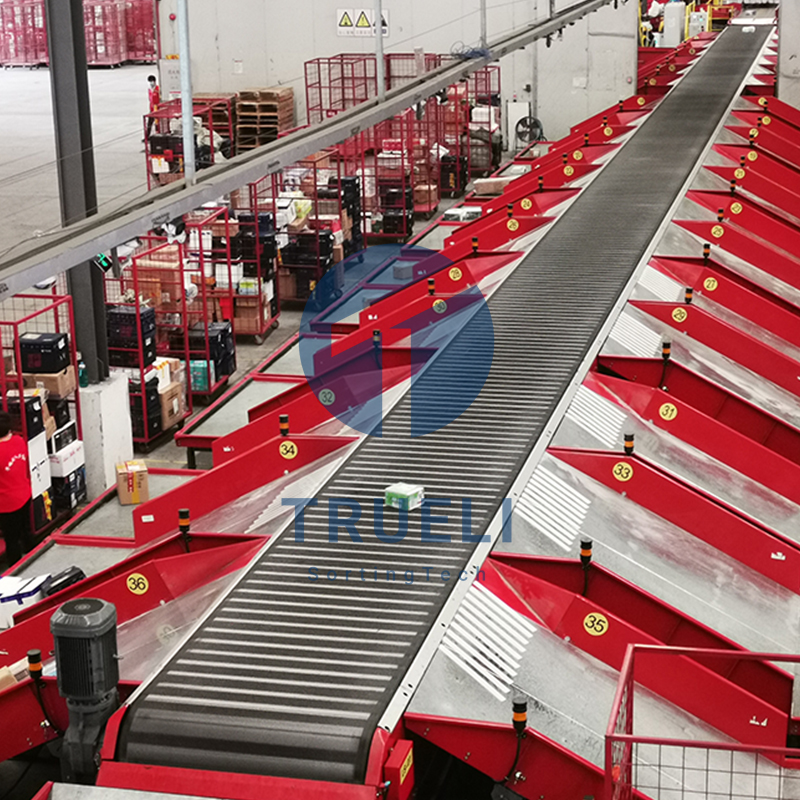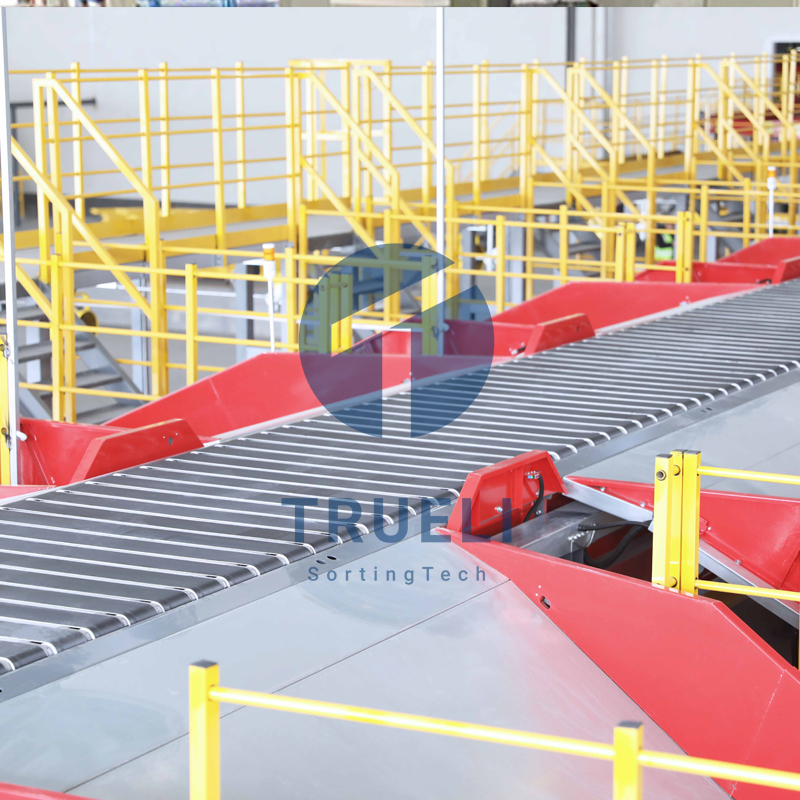As global parcel volumes continue to rise, logistics automation is no longer a competitive advantage — it has become a fundamental requirement for operational survival. From e-commerce warehouses to postal distribution centers, companies are accelerating investments in smarter, more reliable automated systems that reduce labor dependency and increase throughput.
1. Integration Over Isolation
The industry is moving away from standalone machines and toward fully integrated systems. Modern facilities are connecting conveyors, sorting machines, OCR modules, DWS units, and warehouse management systems (WMS) into one intelligent network. This unified approach allows real-time data sharing, faster decision-making, and minimized human interruption.
2. AI-Driven Accuracy
Artificial intelligence is rapidly reshaping parcel identification and routing. Vision systems can now read complex labels, detect damaged packages, and analyze parcel dimensions more accurately than manual operations. AI-powered sorting decisions reduce error rates and maintain consistent high-speed throughput, even during peak seasons.
3. Flexibility for Multichannel Fulfillment
With the rise of omnichannel retail, automation equipment must adapt to diverse product sizes, packaging types, and delivery timeframes. Modular sorting systems — such as cross-belt sorters, narrow-belt sorters, and wheel diverters — are becoming popular because they allow warehouses to scale quickly without redesigning the entire layout.
4. Sustainability Through Smart Engineering
Energy-efficient motors, regenerative braking, low-friction conveyors, and intelligent software scheduling are helping reduce power consumption. Environmentally friendly designs not only lower operational costs but also support global sustainability goals.
5. Faster Deployment, Lower Risk
Modern logistics providers look for solutions that can be deployed quickly and expanded in phases. Pre-assembled modules, digital twins, and remote commissioning tools are driving shorter installation times and reducing project risks.
Conclusion
Automation is reshaping the logistics industry at a remarkable pace. Companies that invest early in intelligent sorting, high-performance conveyors, and integrated data systems will be best positioned to meet the rising expectations of speed, accuracy, and flexibility. As technology evolves, the focus will continue to shift toward smarter, greener, and more connected supply chains.





